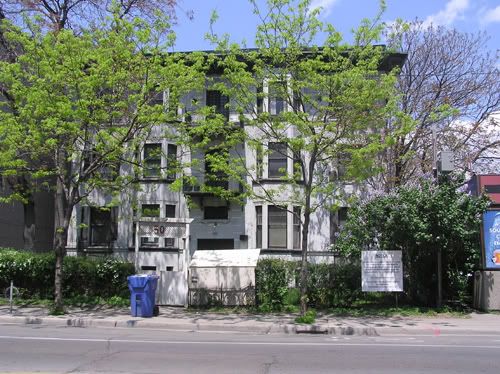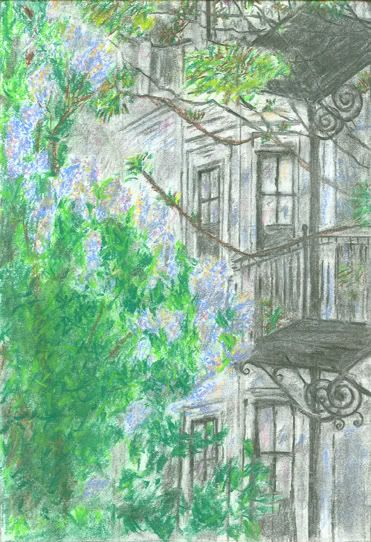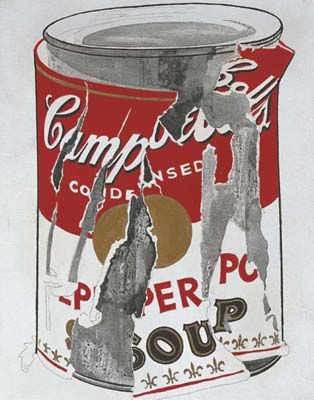When Diversity Weakens DesignThere are many immigrant services agencies around Toronto. One of the most famous is an organization called
COSTI. It was originally founded in the 1950s for Italian immigrants, mostly to help them with trades-related employment.
It has since grown to accommodate any current immigrant that enters Toronto.
Recently, the organization updated its website, and even changed its logo.
 Original COSTI logo
Original COSTI logoIts original logo, obviously meant to represent the colors of the Italian flag, was much more dynamic and effective. It had three colors (red, green and usually a tan background rather than pure white), and a subtle symbolism with the red line indicating a path , leading the new immigrant into their new society. Its colors, concepts and message was, ironically, more diverse than the new logo.
 New COSTI logo
New COSTI logoThe new logo has a two color scheme: a bland white background and an indeterminate (is it green, turquoise or blue?) logo. Thin, awkward lines resembling the skeleton of a not very stable umbrella embrace the diversity that COSTI is now meant to represent. Rather than indicating a path of integration as the original red line implies, this broken skeleton of an umbrella suggests instead that these diverse newcomers remain under a separate, unified ghetto, rather than seek the manifold opportunities of an open society. And not only that, but that their shelter is not stable or protective.
Diversity, in this case, means a badly designed logo, a paucity of colors and mixed (or even incompatible – for the new immigrant) messages. Diversity becomes enclosure - a lack of diversity.
The proud Italians at least understood that their bold colors would get them into their new society. Whereas this new diversity seems to prefer that its members remain in the bland, broken and unstable boundaries of its own making.
My humble advice to COSTI would have been: do not change the logo. The Italians have left a mark in Toronto. Their success can only serve as a role model for future immigrants. Just the bold confidence of the original logo's design would have conveyed that!
But, I'm afraid in these days of diluted diversity, COSTI deliberately sought just the kind of logo they got.









